TFCC injury- A common source of wrist pain in climbers
Wrist pain— something that almost every climber experiences at some point in their climbing career. Often times it starts off as just a tweak—a slight pain that we tend to ignore. Nothing extremely painful and certainly nothing that would stop us from trying to send our latest project. But as we keep climbing the pain persists. We keep going to the gym or hitting outdoor routes and all of a sudden that small tweak is no longer so small. It’s beginning to hurt whenever we grip a hold, whenever we go for a mantle, sometimes it even persists when we’re not climbing at all. Soon the pain is interfering with our day-to-day activities. Lifting boxes, pouring coffee in the morning, even typing on our computer. What is going on?
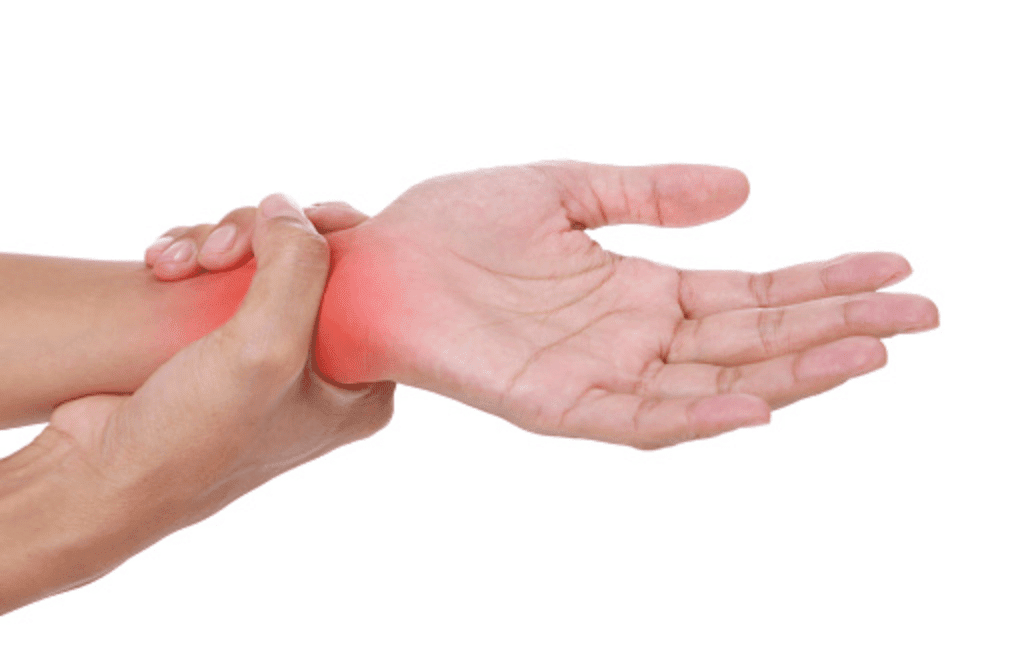
Although wrist pain can arise from a number of different reasons, one of the more common causes of wrist pain in climbers is due to an injury to the triangular fibrocartilage complex of the wrist—the TFCC.
But what does that even mean? How do you know you have it? And what can you do to treat it?
What is the TFCC? 1,2
The TFCC is a cartilage structure on the pinky side of the wrist that stabilizes the wrist. It is composed of a fibrocartilage disc as well as several ligaments that stretch from the small bones at the base of your hand to your forearm bones.
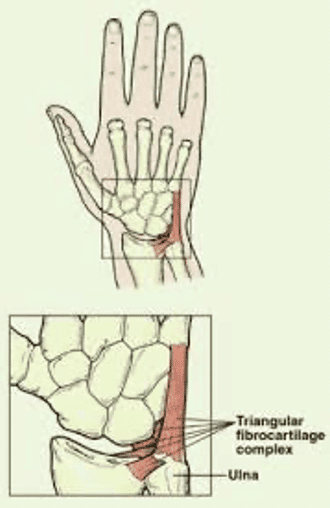
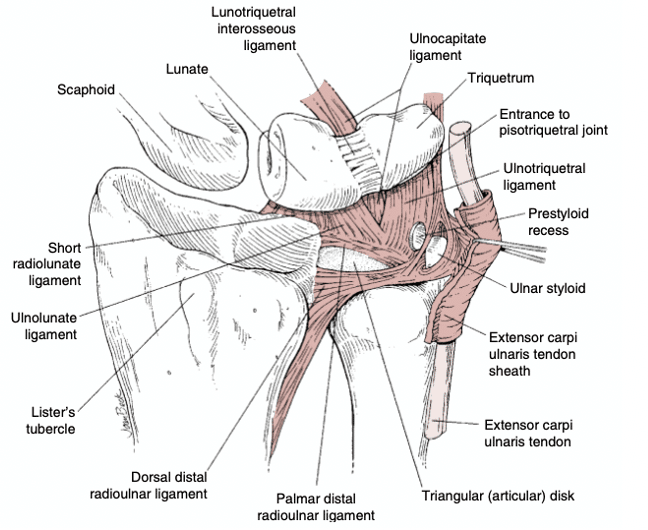
This fibrocartilage complex is an important stabilizer of the wrist but can often become injured through overuse, from a fall onto an outstretch hand, or through degeneration with age (generally >50 years old).1 The most common mechanism of injury to the TFCC for climbers is either 1. A compression injury or, 2. An extension injury 3
Compression injuries may result from falling on a hand when bouldering, mantling, stemming, or completing repeated compression moves or difficult cross moves.
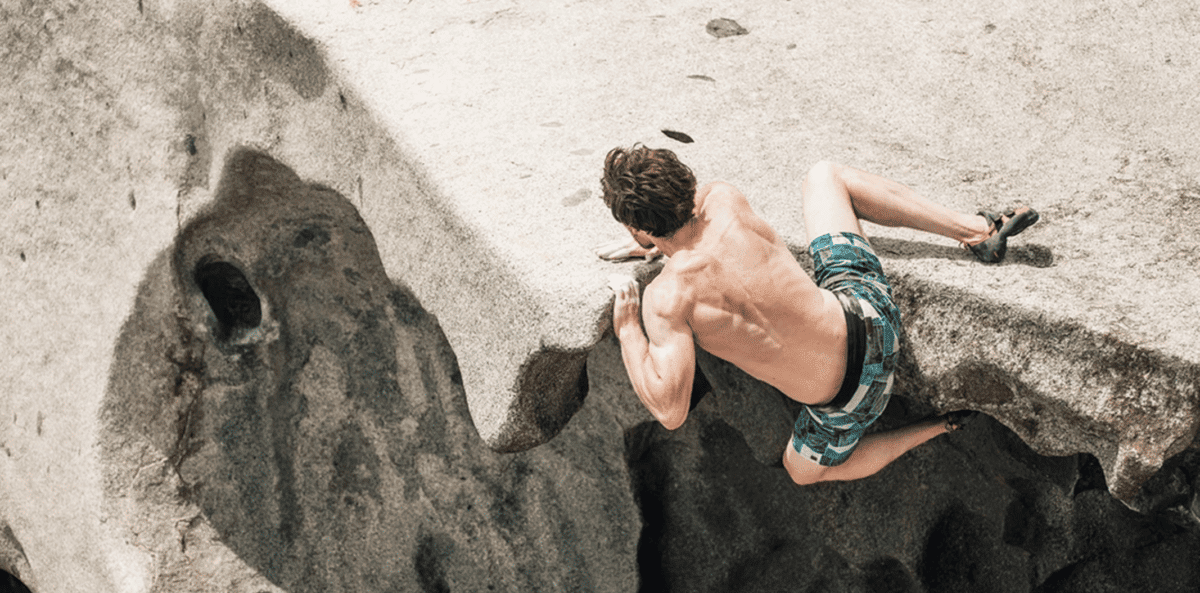
Extension injuries may also occur via mantling or stemming, but can also be caused by moves that extend the wrist—like pulling into a gaston or on a sloper with wrist extended.
Signs and Symptoms (1,2)
Some common signs and symptoms of a TFCC injury include:
- Pain on the pinky side of the wrist
- Pain that worsens with motion of the wrist (namely rotation or ulnar/radial deviation)
- Swelling at the wrist
- Clicking or popping
- Feeling of instability
- Loss of grip strength
Assessment 1,2,3
In addition to having pain with rotation of the wrist and possible tenderness to touch, there are a few special tests you can perform on yourself to assess whether or not you may have a TFCC injury.
Press up test: When sitting in a chair grab on to the arm rests with both hands and push up. Having pain on the pinky side of the wrist is considered a positive test for TFCC injury.
Supination Lift test: When seated at a table put your hands palms up against the underside of the table and press up like you are going to lift the table up. Reproduction of pain is considered a positive test for TFCC injury.
Load test: Prop your elbow on a table and bend your wrist into ulnar deviation. Use your other hand to press into further ulnar deviation. Reproduction of pain is considered a positive test for TFCC injury.
The Rock Rehab Pyramid
The Rock Rehab Pyramid was developed by Physical Therapist, Dr. Jared Vagy in his book Climb Injury-Free. This pyramid aides in the rehabilitation of climbing injuries by providing a system of four major categories that will guide the climber’s recovery process. Following an injury, one will start at the bottom of the pyramid and work upwards using general guidelines to determine appropriateness for progression to the next level. A decrease in pain/soreness allows advancement to the next level. With no change in symptoms at a particular level, a climber should stay at the current level for one week and then progress to the next level. An increase in soreness should have the climber regress down one level.
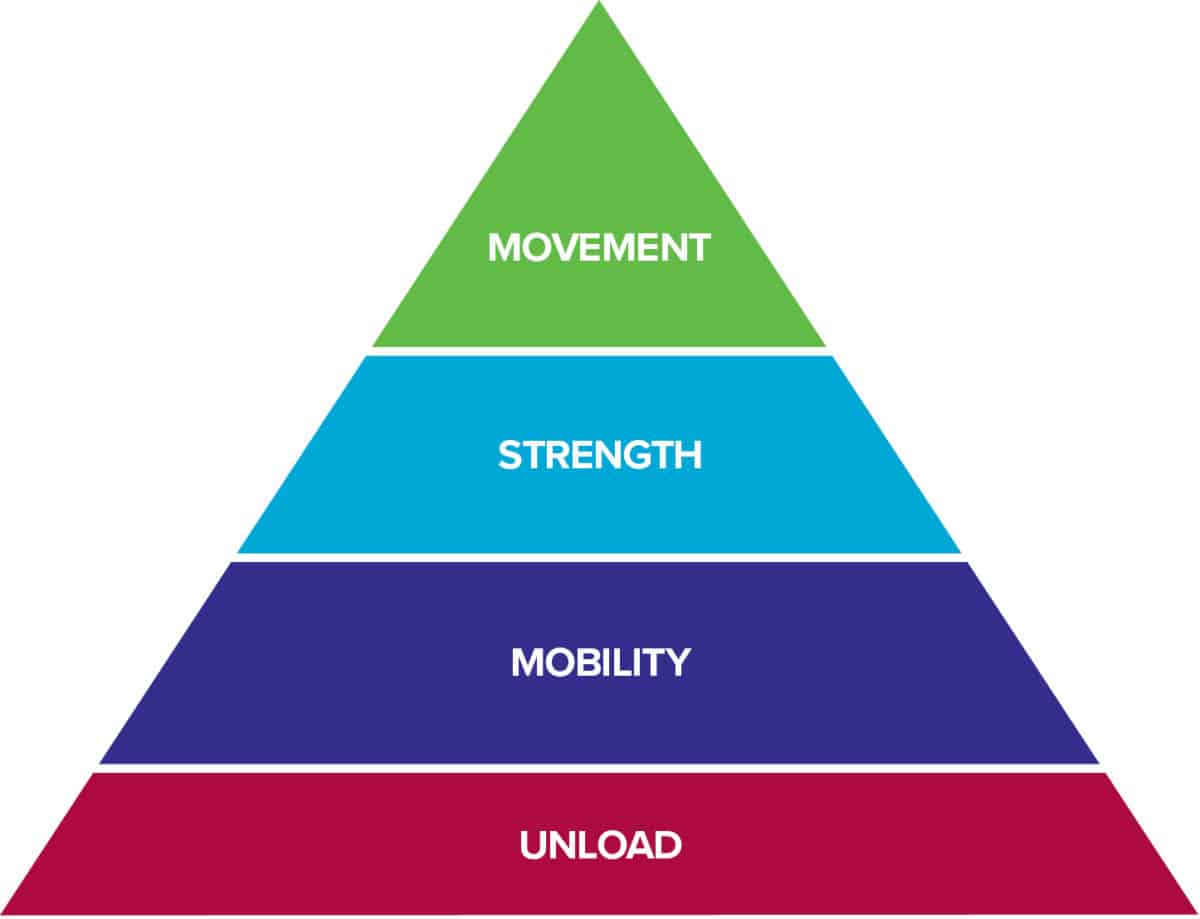
The bottom level of the pyramid aims to Unload the tissues in the body so that they have the best healing environment. Often times, after an injury there is some sort of change in Mobility. After the tissues have calmed down from the previous level, this stage will look to reestablish normal, pain free range of motion. Once the injured area restores its mobility, it is time to increase the Strength of the surrounding muscles so that Movement in the following level can be coordinated and optimized. Click here to learn more about the rock rehab pyramid structure.
Unload exercises:
- Take a break from aggravating activities—this means climbing, lifting boxes, or really anything that causes pain to the wrist/TFCC.
- Ice—Icing the area can be beneficial in reducing swelling or inflammation in the joint as well as alleviating pain
- Wrist bracing—this is often the first recommended form of treatment. It is recommended to brace for 4-6 weeks and to avoid the aggravating activities.2
- Additionally, many climbers choose to use a small stabilizing brace called a “wrist widget” to prevent reinjury even after full rehabilitation.3 This brace is low profile and still allows for freedom of movement while providing support for the TFCC.
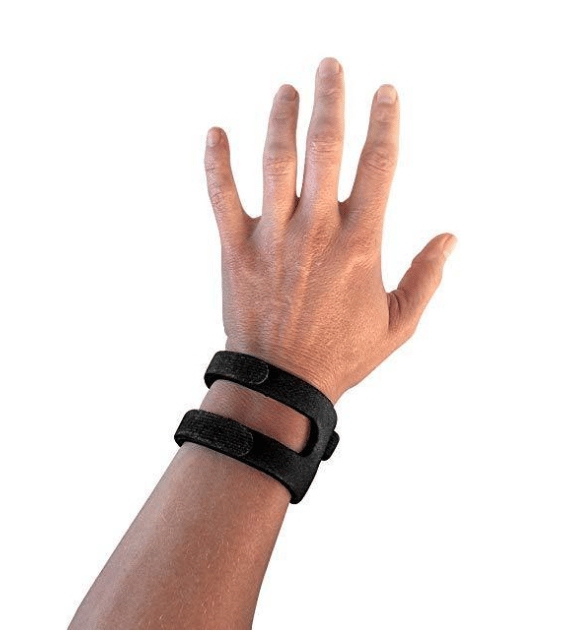
https://www.amazon.com/WristWidget-Patented-Adjustable-Triangular-Fibrocartilage/dp/B0056PQV2K
The unloading phase may take about 4-6 weeks after which you may begin reintroducing mobility exercises.
Mobility exercises:2
- 6 way passive range of motion (PROM) and stretching- With this exercise you will use your opposite hand to grasp your injured wrist and bend it in This can be done by using your opposite had to bend the wrist in various directions. There are 6 primary directions to move in. These directions are flexion, extension, radial deviation, ulnar deviation, and supination/pronation. Perform each motion 10-15 times, 3-5 times a day.
- You can hold the wrist at end range in each of these positions for 20 seconds for and additional stretch. Once passive movement is comfortable and you feel as if you have full range of motion, you may begin using less and less assistance of your good wrist until you are moving the wrist without any assistance (active range of motion/AROM).
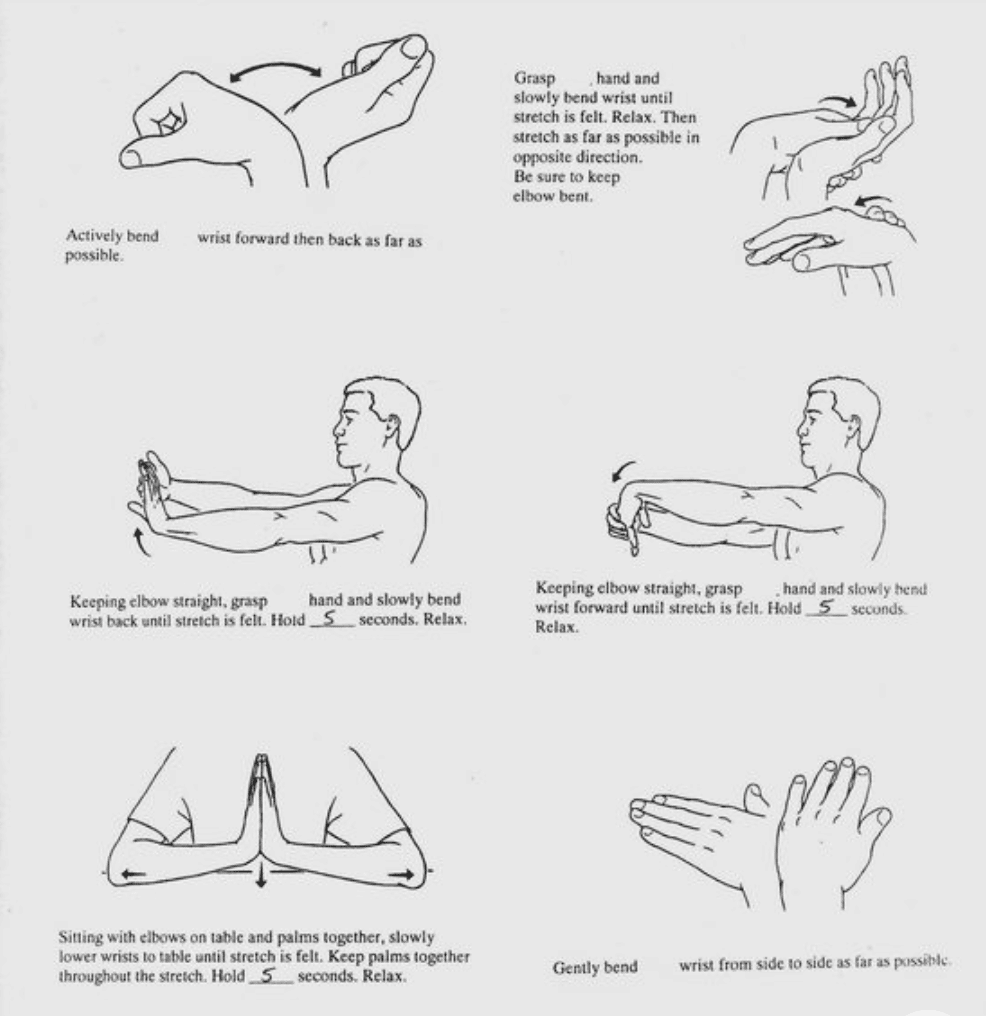
- Wrist circles—slowly turn your wrist in circles, clockwise and counter-clockwise for 10 rotations each way.
- Tendon glides- Putting your wrist and fingers into the different positions outlined below allows your tendons to glide back and forth, and may be beneficial to keep the tendons mobile after injury as well as improve the ROM of the wrist.
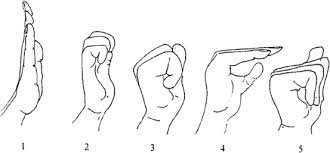
The mobility phase of treatment may take 2-3weeks. After mobility and full range of motion has been returned without pain, you may begin strengthening the wrist.
Strength exercises:2,4
- 6 way strengthening—just like the ROM exercises you can perform flexion, extension, radial/ulnar deviation, and supination/flexion using a band, a weight, a PVC pipe, or even a can of beans to begin strengthening the joint.
- Begin by performing each exercise 10-15times, 2-3times a day
- Bent and straight elbow supination/pronation with weights or pipes (PVC)—another great exercise.
- Begin by performing each exercise 10-15times, 2-3 times a day
- Finger and wrist extension with a rubber band—put a rubber band around your fingers extend your fingers and flex/extend your wrist while holding the rubber band out as far as possible. Try this with your elbow bent and fully extended. This is a great exercise to strengthen opposing muscles that we don’t typically use while climbing
- Begin by doing 10-20reps 1-2 times a day. Progress by increasing repetitions or rubber band thickness
- Push up variations—The video below outlines different push up variations that can be used to strengthen the wrist and TFCC (video will include several of the below exercises). Perform about 10reps for 3 sets with no adverse effects at the wrist before progressing to the next exercise. Perform 1-2 of these exercises a day progressing towards the more dynamic/plyometric variations.
- Knuckle push up and shoulder taps
- Knuckle push up clocks with stability bands
- Bosu push ups and rockers
- Single hand BAPS push up (rolling tennis ball in circles)
- TRX suspension push-ups or medicine ball push ups (varying sizes)
- Medicine ball push up/plank while rolling opposite ball
- Plyometric wall push-ups
- Up and Overs
There is no set-timeframe for when to begin climbing again, but rather you should shoot for being symptom-free for a period of about 2 weeks before slowly introducing climbing activities.
Movement considerations:
The below photos show a couple of different positions that may cause increased strain upon the triangular fibrocartilage complex.
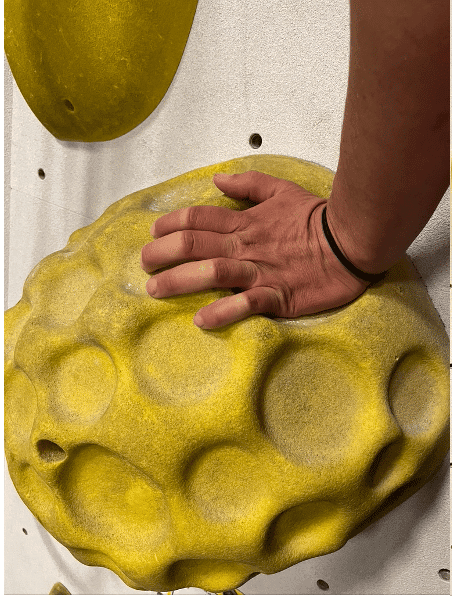
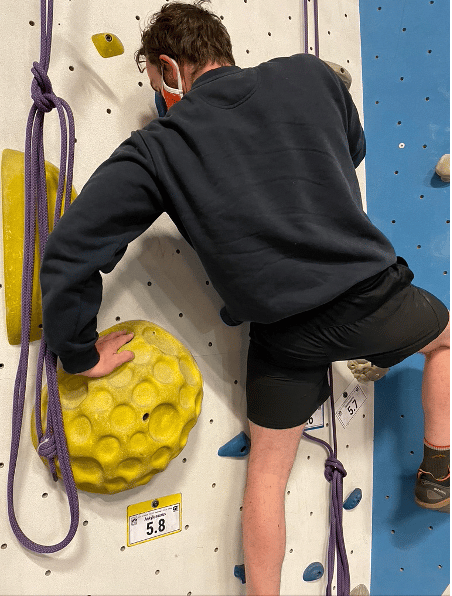
While rehabbing from a TFCC injury it is important to avoid motions that cause extreme extension and pressure upon the wrist. Additionally, when you start climbing again after a TFCC injury, it is important to keep a few things in mind to avoid re-injury.
- Be conscious of repetitive radial deviation or supination/pronation (rotation movements when climbing).
- Attempt to gently load into mantles rather than using dynamic momentum to load into the wrist.
- Engage your core, shoulder, and elbows and avoid hyperextension/compressive moves that may compromise your wrist.
- Attempt to hangboard and climb with the wrist in more neutral positions. Do your best to avoid putting your wrist into end ranges and instead focus on your body position on the wall.
The Research
- Triangular fibrocartilage complex injuries. 22 Oct 2020. Retrieved 18 Jan 2021. https://www.physio-pedia.com/Triangular_Fibrocartilage_Complex_Injuries
- Savoie III F, O’Brien M, Field L. Triangular fibrocartilage complex injury. Clinical Orthopaedic Rehabilitation- A team approach 4th Edition. 2018. 45-50.
- Hooper J. I was rock climbing and now my wrist hurts- TFCC injuries. Hooper’s Beta Ep 21. 27 Dec 2019. Retrieved 18 Jan 2021. https://www.youtube.com/watch?v=Q0H_HJcM1zQ
- Hooper J. Bullet proof wrists- wrist stability training for climbing- part 2. Hooper’s Beta Ep 23. 17 Jan 2020. Retrieved 18 Jan 2021. https://www.youtube.com/watch?v=A3yiXlHnjBo
See a Doctor of Physical Therapy
If you believe you have a TFCC injury, it may be beneficial to see a physical therapist to receive an individualized rehabilitation plan for your injury.
Because of the complexity of the structure, surgical outcomes have mixed results, making physical therapy the first choice for TFCC injury management. However, due to the nature of the TFCC injury and the lack of blood supply to the region, healing times and healing capability may be limited. If pain persists after 4 weeks of rest and rehabilitation, seek medical attention. Imaging such as an MRI or arthroscopy may be used to narrow down the extent of the injury. Some TFCC tears do require surgery.2
About the Author

Kimmy Wiley is a physical therapist who recently graduated from Carroll University in Wisconsin. This past year she has had clinicals in Salt Lake City, Las Vegas, and Denver, and has spent much of her time exploring local crags. Upon graduating and passing her board exam, Kimmy has chosen to pursue a career in travel physical therapy, traveling with her boyfriend Drake in their truck camper. In Kimmy’s free time she loves to climb, hike, cycle, and play her ukulele. In the future she hopes to use her knowledge of the human body to help prevent injury and rehab other outdoor athletes so they may continue to pursue their own adventures.
If you have any questions for Kimmy, please feel free to email her at:
Or reach out to her via Instagram: @peakpursuitrehab
- Disclaimer – The content here is designed for information & education purposes only and the content is not intended for medical advice.


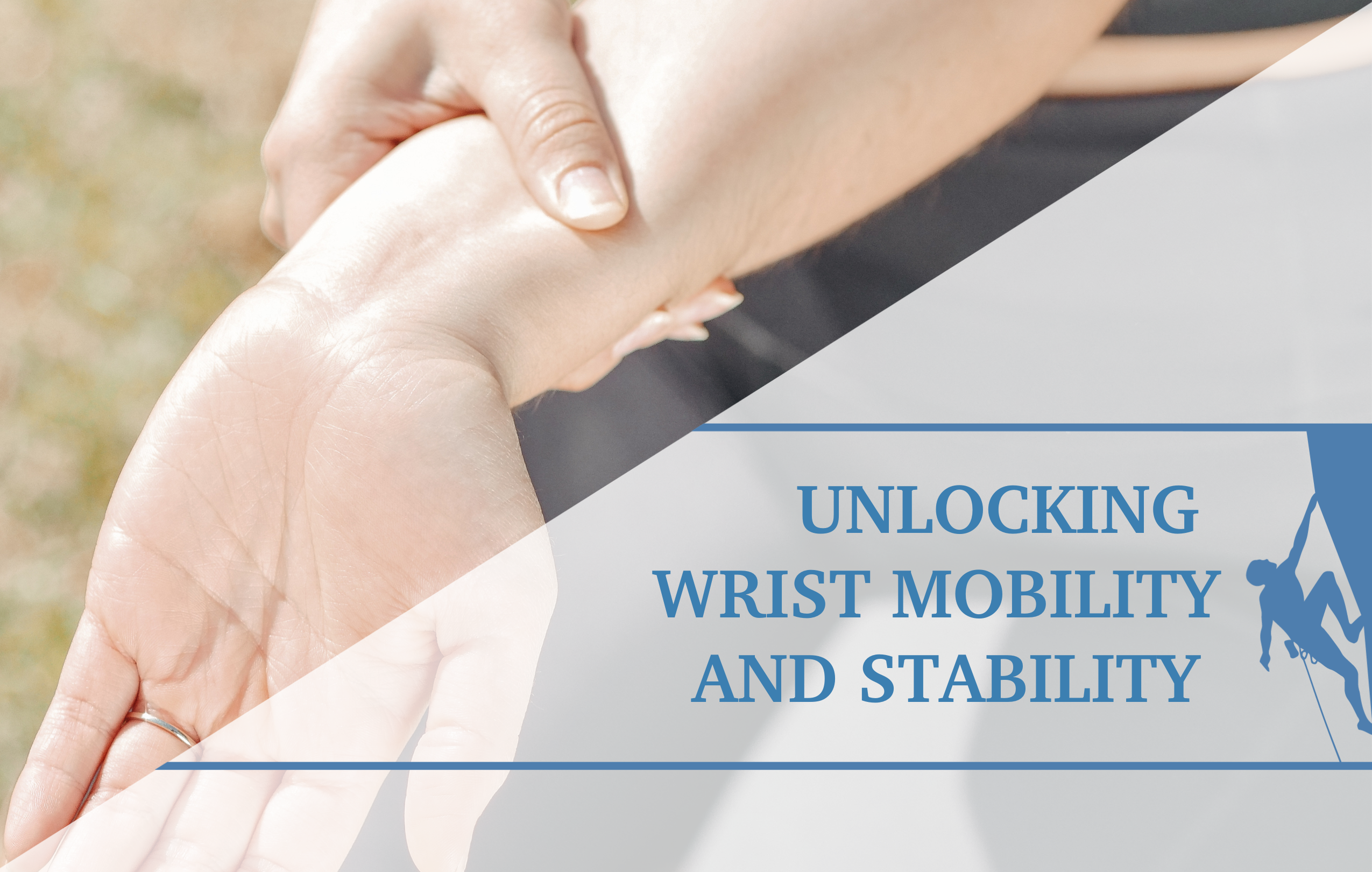
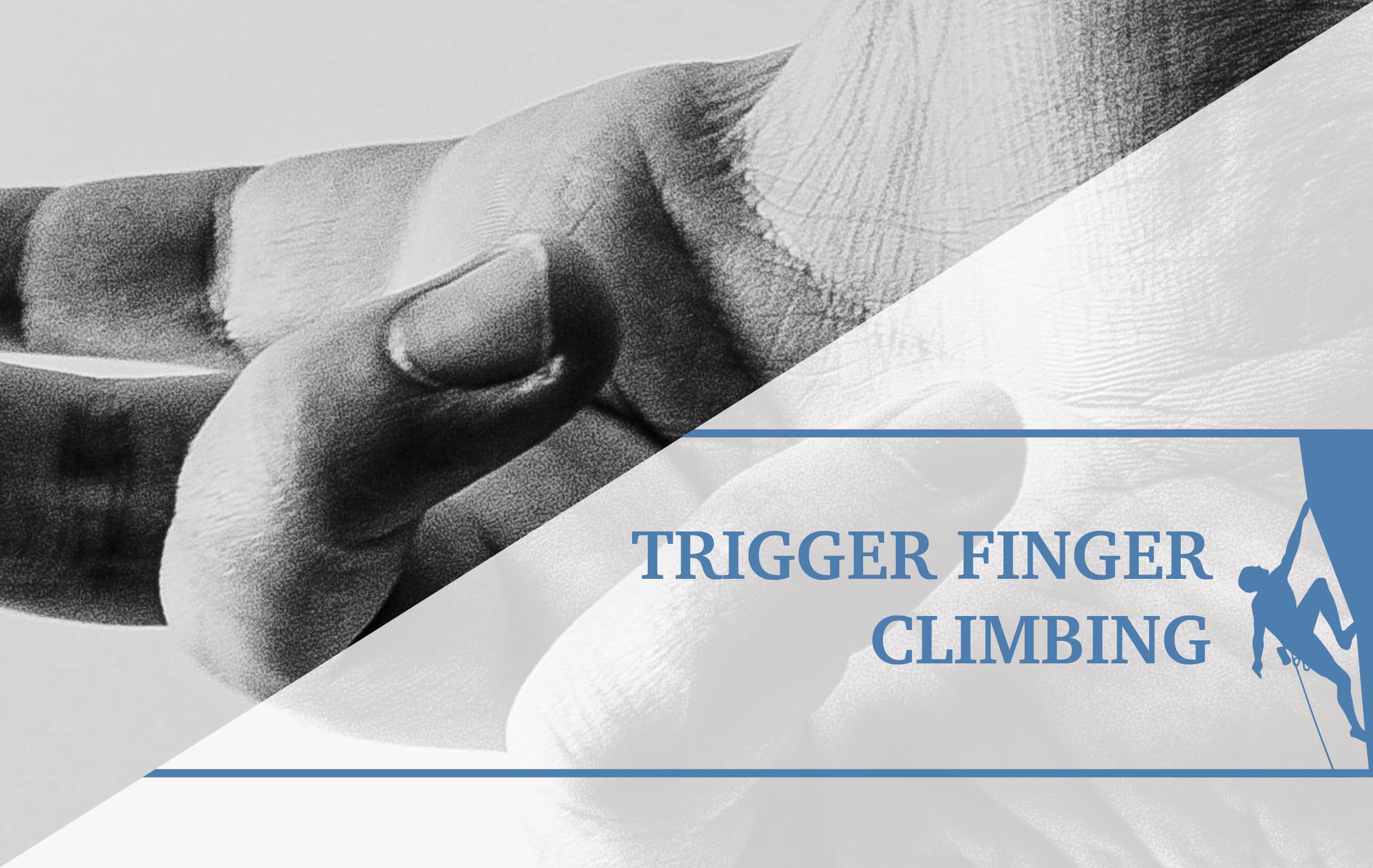
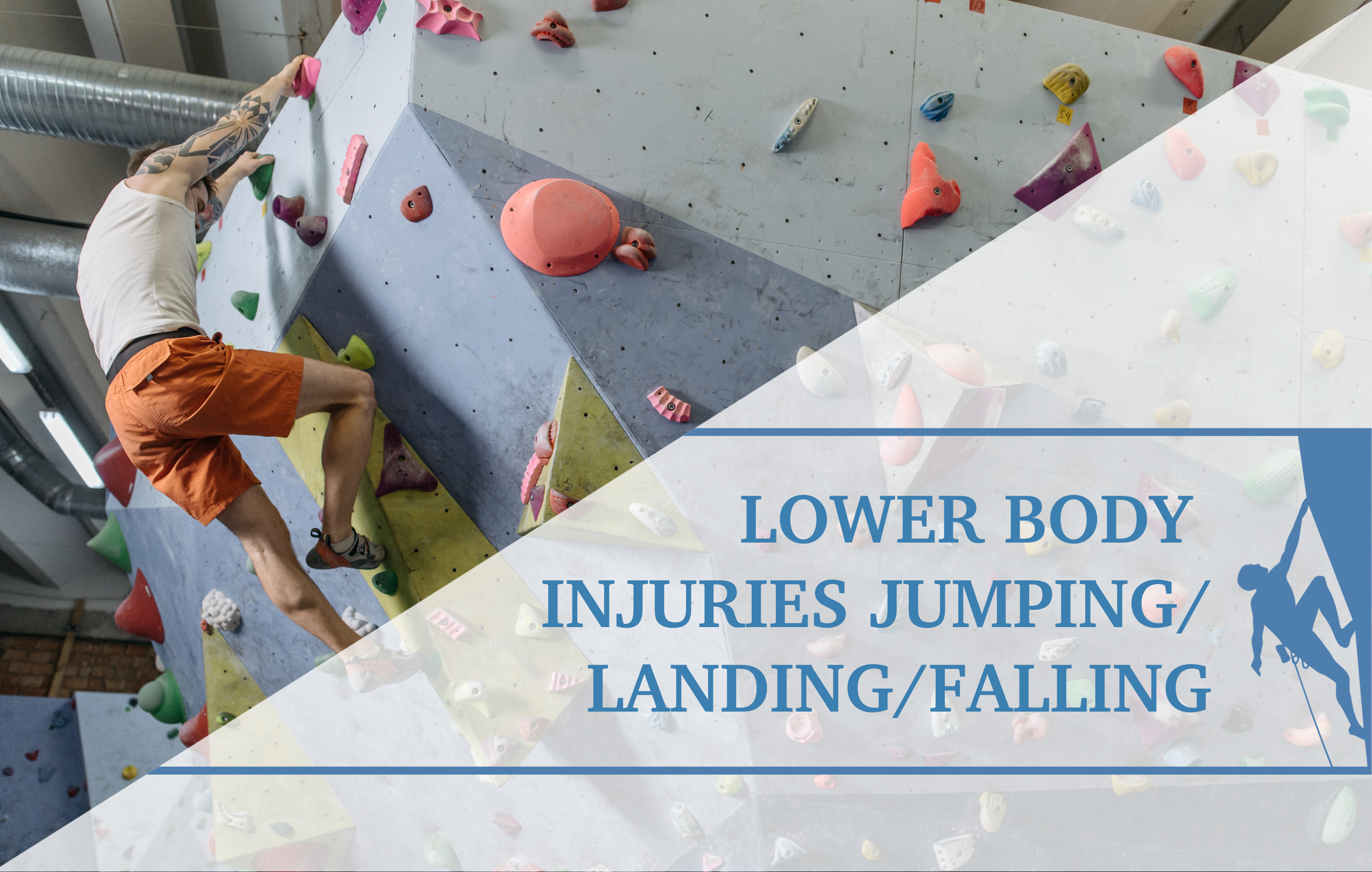
I have pain/instability and sometimes separation of the wrist when I grab big slopers. Could this be a TFCC injury, or is it more likely something else? I’m double-jointed, so it’s hard to assess injuries with traditional tests. Excellent resource, by the way!
Glad that you fund the resource helpful. To answer your question, the three best tests to determine if the TFCC is involved in your symptoms would be the press up test, supination lift test, and TFCC load test described in the article. If these reproduce your symptoms, it is likely a TFFC injury is playing a role.
This is an amazingly useful article. From the diagnosis tests to the rehab exercises. I was unsure about whether I had a TFCC injury, and I found that I failed 1 of the 3 tests, which matches the mild symptoms I have. Thank you!
The test with the best research supporting it is the TFCC load test. It has a high specificity (0.96) meaning if that test it positive a TFCC injury has a high likelihood.
Should the Mobility exercises outlined cause small amounts of discomfort or should I go back to resting?
It is always best to check with a medical provider as each individual is different. But typically the exercises should be pain-free.